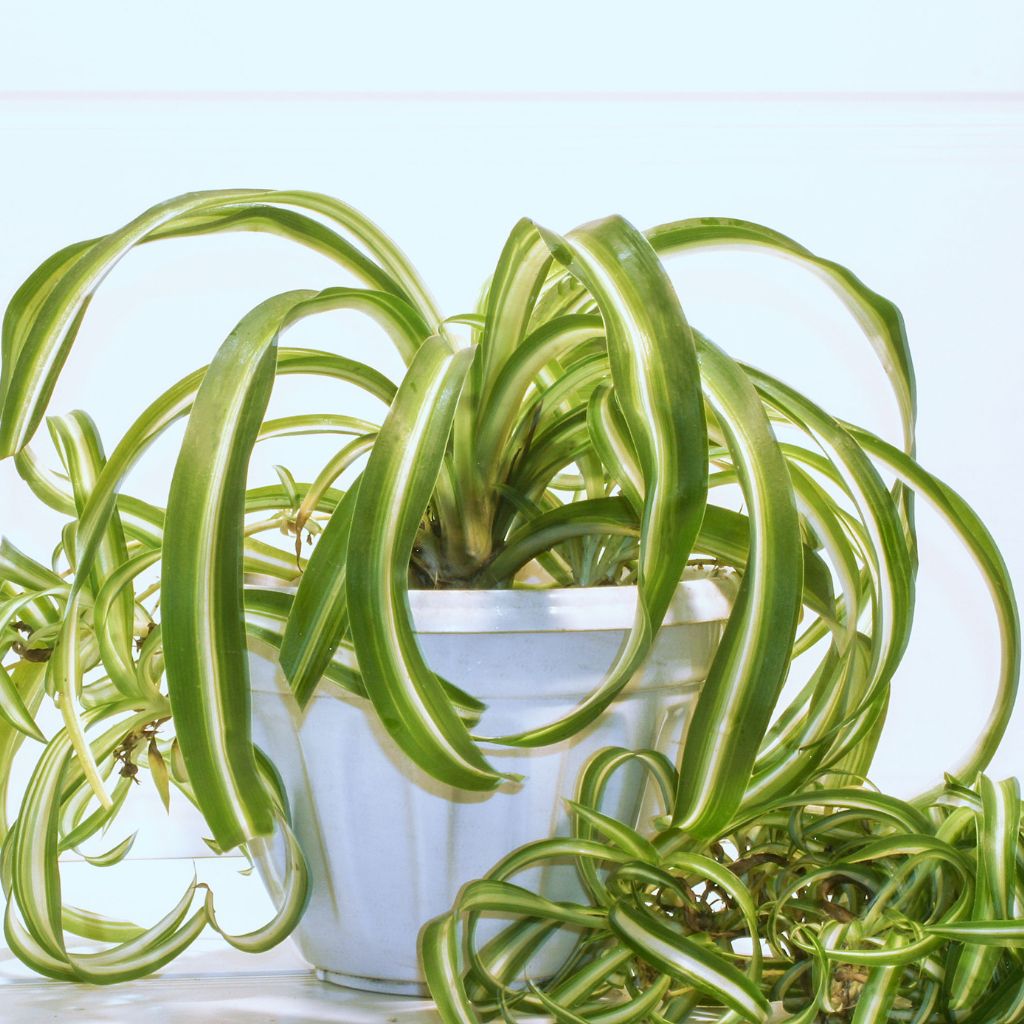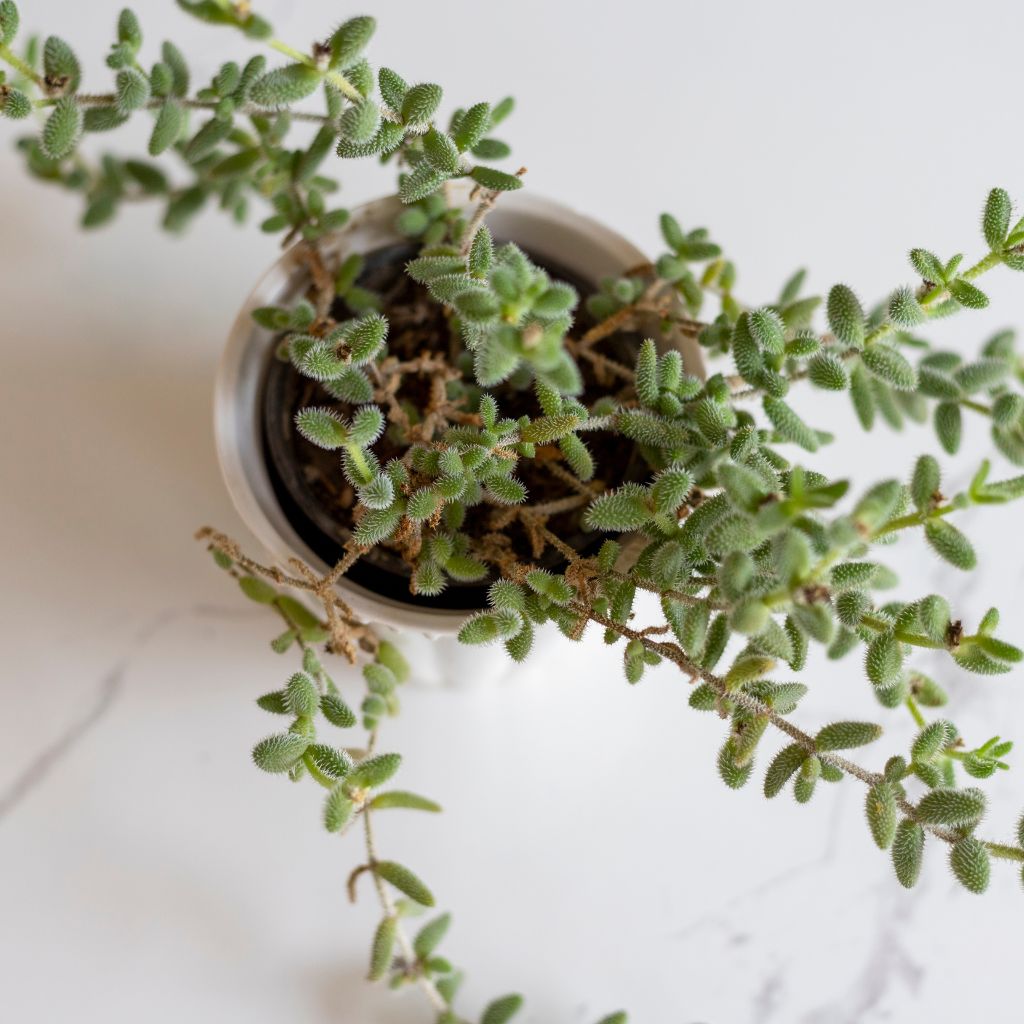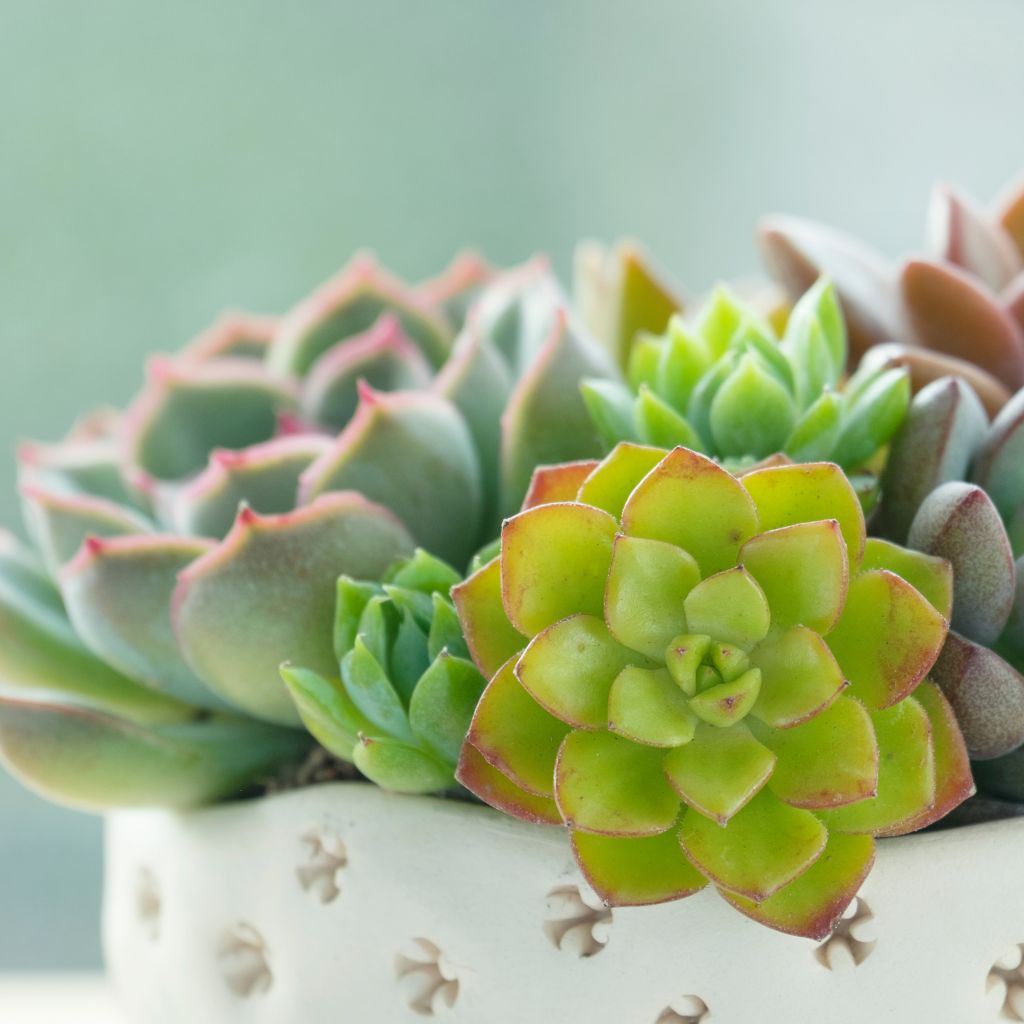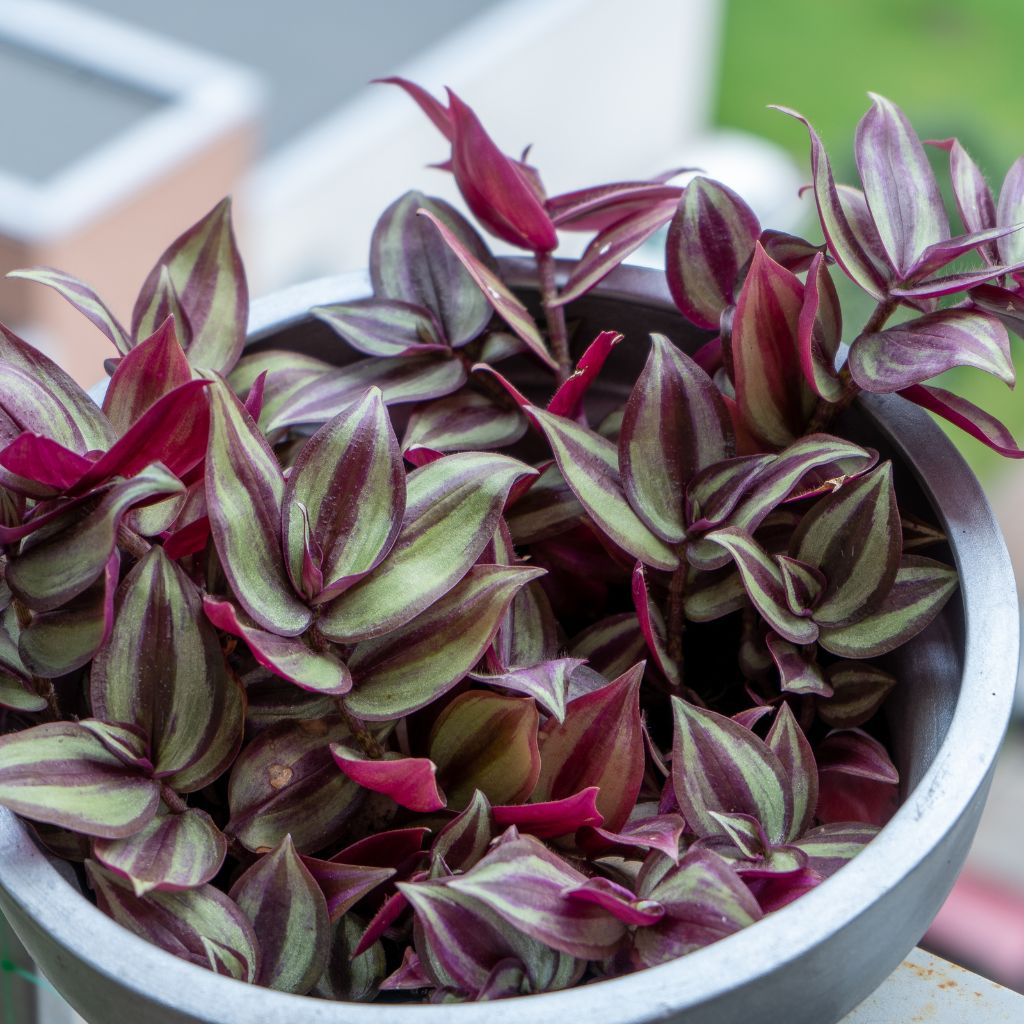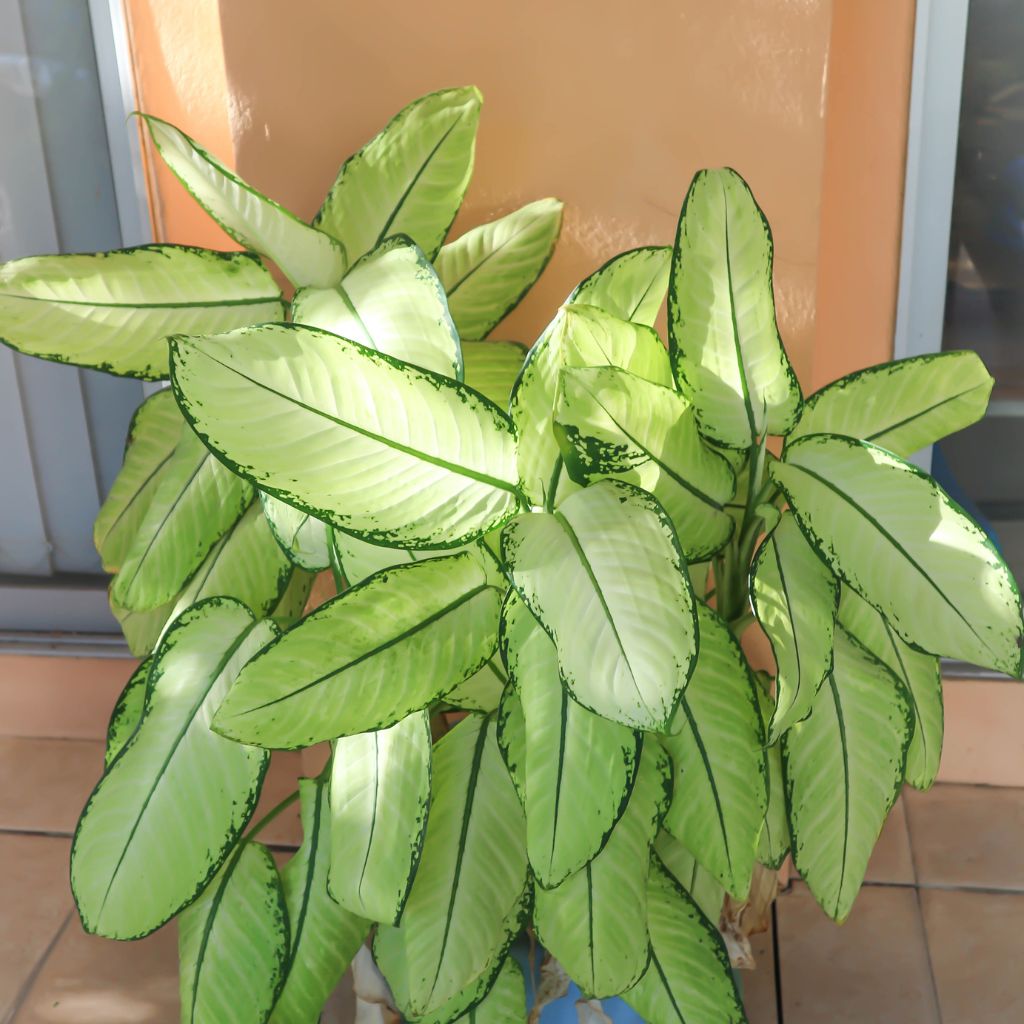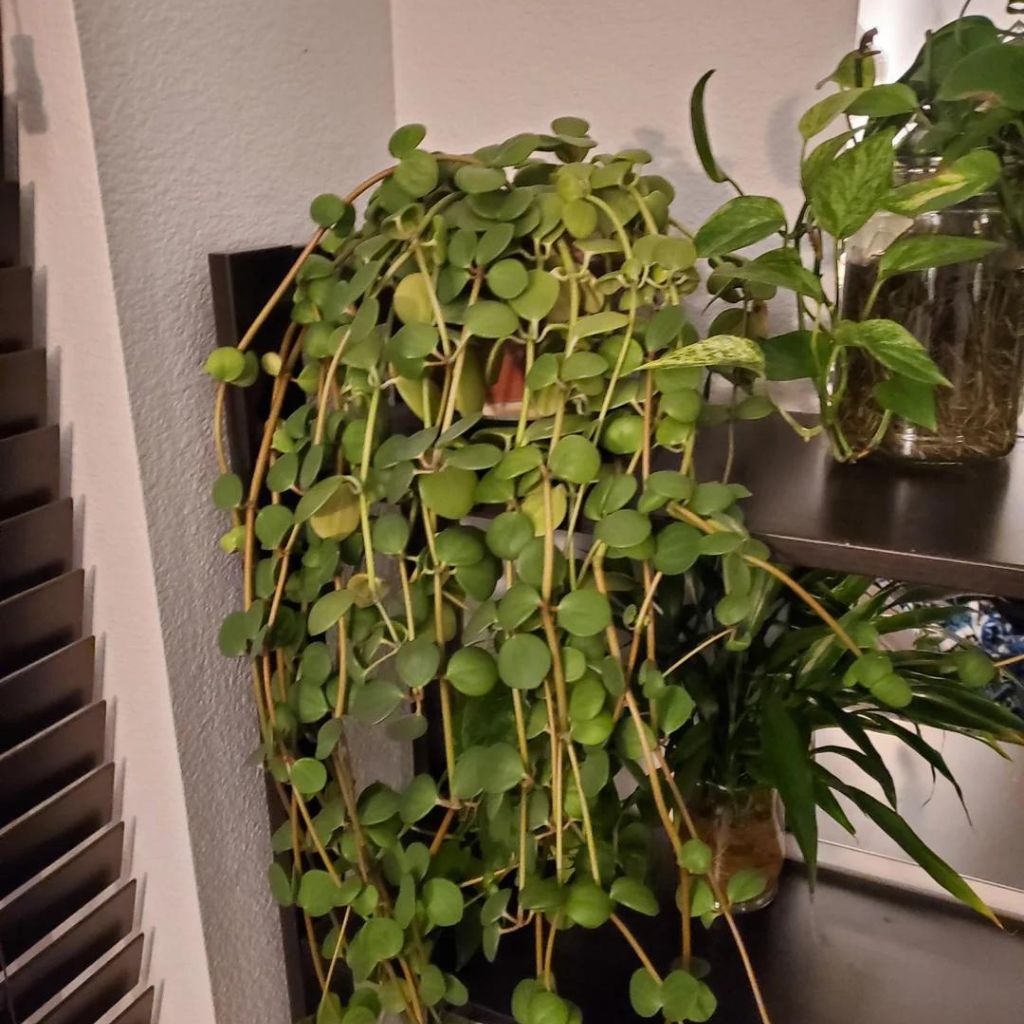Many plant enthusiasts are always on the lookout for easy-to-care-for plants that can thrive in any environment. However, “easy care” plants are not always as straightforward as they seem.
In this article, we will explore eight plants that are marketed as low-maintenance but often turn out to be more challenging than expected. Let’s dive into the green nightmares that might make you rethink your next plant purchase.
1. The Spider Plant
The spider plant (Chlorophytum comosum) is often touted as one of the easiest houseplants to care for. It’s praised for its air-purifying abilities and its ability to thrive in a variety of conditions.
However, the reality can be quite different. Spider plants are sensitive to changes in light, moisture, and even the quality of water. They frequently develop brown tips on their leaves, which can be unsightly and frustrating.
One of the biggest challenges with spider plants is their sensitivity to water quality. Chlorinated tap water can harm them, so it’s recommended to use distilled or dechlorinated water.
Additionally, they require consistent moisture levels – not too wet and not too dry. This delicate balance can be difficult to maintain, making spider plants more finicky than their reputation suggests.
2. The Pickle Plant
The pickle plant, also known as Delosperma echinatum, is a quirky little succulent with spiky, pickle-like leaves. It’s often marketed as an easy-to-care-for houseplant due to its drought tolerance.
However, the pickle plant is surprisingly sensitive to environmental changes. It doesn’t like too much light, too little light, too much water, or too little water. Inconsistent care can lead to brown tips on the leaves and leaf drop.
If you’re thinking of getting one, it’s best to keep it in a stable environment with minimal disturbances.
Even a slight breeze can cause its delicate leaves to fall off, creating a mess. This plant is not for the faint of heart and requires careful attention to keep it looking its best.
3. Echeveria
Echeverias are a type of succulent known for their stunning rosette shapes and vibrant colors. They are often marketed as low-maintenance, but they can be surprisingly challenging.
Echeverias are prone to etiolation, which means they stretch out and become leggy when they don’t get enough light. This can ruin their compact, attractive appearance.
Additionally, they are sensitive to overwatering and underwatering. Too much water can cause root rot, while too little can cause the leaves to shrivel and drop.
Finding the perfect balance can be tricky, and many plant owners find themselves constantly battling to keep their Echeveria looking healthy.
4. Aloe Vera
Aloe vera is often recommended as an easy-to-care-for succulent with numerous health benefits. However, it can be surprisingly difficult to keep happy indoors.
Aloe vera needs bright, indirect light, and too little light can cause it to become leggy. On the other hand, direct sunlight can scorch its leaves.
Overwatering is a common issue with aloe vera. It prefers to be on the dry side and can quickly develop root rot if kept too wet. Additionally, its leaves can turn brown or mushy if the plant is stressed.
Despite its reputation for being low-maintenance, aloe vera requires careful attention to light and water conditions to thrive.
5. Syngonium
Syngoniums, or arrowhead plants, are often seen as easy-care houseplants, but they can be deceptively difficult. One week they might look lush and vibrant, and the next they can turn into a straggly mess with yellowing leaves.
Syngoniums are sensitive to light and water conditions. They prefer bright, indirect light but can quickly suffer from leaf burn in direct sunlight or become leggy in low light.
They also need consistent moisture but are prone to root rot if overwatered. The pink varieties, in particular, can be fussy and require regular pruning to maintain their shape.
These plants can lull you into a false sense of security, only to surprise you with sudden declines in health.
6. Tradescantia
Tradescantia, also known as the wandering Jew, is a popular trailing plant with striking foliage. However, it can be a high-maintenance nightmare. Tradescantia is sensitive to changes in light and moisture.
If it doesn’t get enough light, it can become leggy and lose its vibrant colors. Too much light, on the other hand, can cause leaf burn.
Watering can also be a challenge. Tradescantia needs consistent moisture but is prone to root rot if overwatered.
Additionally, its stems tend to grow long and the leaves die back, which can result in a scraggly appearance. Keeping it looking full and lush requires regular pruning and careful attention to its growing conditions.
7. The Rubber Plant
The rubber plant (Ficus elastica) is a popular choice for indoor greenery due to its attractive, glossy leaves and robust growth. However, this plant can be a nightmare to care for.
Rubber plants are known for their temperamental nature, especially when it comes to pruning. Cutting them back can result in unpredictable growth patterns, often leading to a lopsided or uneven appearance.
New leaves on a rubber plant can become floppy as they harden off, adding to the frustration. The plant requires careful attention to detail, making it less suitable for those looking for a truly low-maintenance option.
Despite these challenges, many plant enthusiasts are drawn to its bold look and are willing to put in the extra effort.
8. Dieffenbachia
Dieffenbachia, also known as the dumb cane, is often recommended as an easy houseplant. However, its beauty comes with a price.
This plant is highly sensitive to watering conditions—too much water, and it develops root rot; too little, and it wilts. Additionally, it doesn’t like direct sunlight, which can scorch its leaves, or too little light, which can cause it to become leggy.
Dieffenbachias are also prone to developing yellow, mushy leaves if they are unhappy. This plant requires a careful balance of light, water, and humidity to thrive.
It can be a rewarding plant to grow if you can master its needs, but for many, it ends up being more trouble than it’s worth.
Honorable Mention: Peperomia Hope
Peperomia Hope is another plant that is often marketed as easy to care for but can be quite challenging. This plant is sensitive to changes in light, moisture, and temperature. Even the slightest mistake can result in brown tips on the leaves or faded foliage.
Peperomia Hope also has a tendency to drop leaves when exposed to even the slightest breeze, which can be frustrating for plant owners.
Its stems can become bare and straggly if not properly cared for. Despite its challenges, some plant enthusiasts may still be drawn to Peperomia Hope’s unique appearance.
However, it is important to note that this plant requires careful attention and may not be the best choice for beginners.
While many of these plants are marketed as easy-care options, they can turn out to be more of a headache than expected. Each of these plants has specific needs and sensitivities that make them challenging to care for, especially for beginners.
If you’re up for the challenge, these plants can be rewarding to grow. However, if you’re looking for truly low-maintenance plants, you might want to consider other options.
Remember, the key to successful plant care is understanding the specific needs of each plant and providing the right conditions. With patience and careful attention, even the most challenging plants can thrive and bring beauty to your home.

